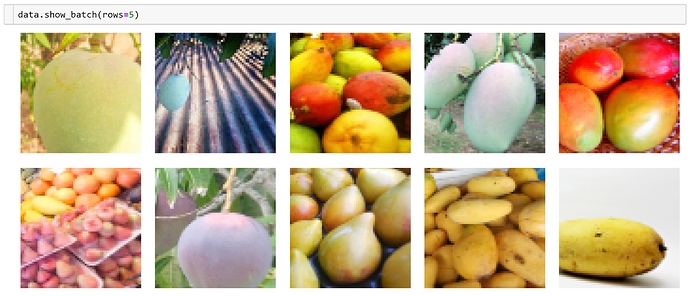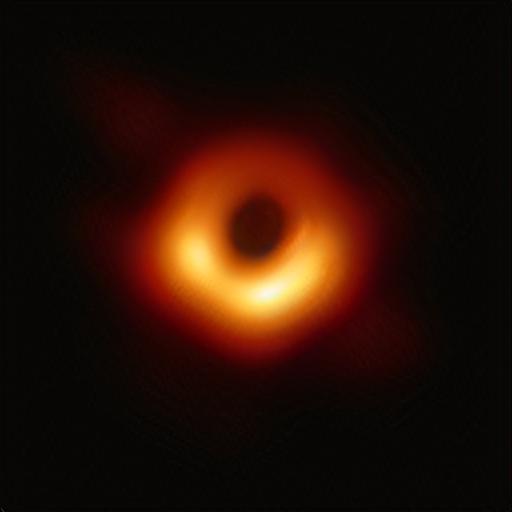Hi All,
I am getting an error while doing learn.fit(40,lr) in lesson7-superres-gan notebook.
NameError Traceback (most recent call last)
in
----> 1 learn.fit(40,lr)~/anaconda3/envs/fastai/lib/python3.7/site-packages/fastai/basic_train.py in fit(self, epochs, lr, wd, callbacks)
176 callbacks = [cb(self) for cb in self.callback_fns] + listify(callbacks)
177 fit(epochs, self.model, self.loss_func, opt=self.opt, data=self.data, metrics=self.metrics,
→ 178 callbacks=self.callbacks+callbacks)
179
180 def create_opt(self, lr:Floats, wd:Floats=0.)->None:~/anaconda3/envs/fastai/lib/python3.7/site-packages/fastai/utils/mem.py in wrapper(*args, **kwargs)
101
102 try:
→ 103 return func(*args, **kwargs)
104 except Exception as e:
105 if (“CUDA out of memory” in str(e) or~/anaconda3/envs/fastai/lib/python3.7/site-packages/fastai/basic_train.py in fit(epochs, model, loss_func, opt, data, callbacks, metrics)
78 cb_handler = CallbackHandler(callbacks, metrics)
79 pbar = master_bar(range(epochs))
—> 80 cb_handler.on_train_begin(epochs, pbar=pbar, metrics=metrics)
81
82 exception=False~/anaconda3/envs/fastai/lib/python3.7/site-packages/fastai/callback.py in on_train_begin(self, epochs, pbar, metrics)
213 self.state_dict[‘n_epochs’],self.state_dict[‘pbar’],self.state_dict[‘metrics’] = epochs,pbar,metrics
214 names = [(met.name if hasattr(met, ‘name’) else camel2snake(met.class.name)) for met in self.metrics]
→ 215 self(‘train_begin’, metrics_names=names)
216
217 def on_epoch_begin(self)->None:~/anaconda3/envs/fastai/lib/python3.7/site-packages/fastai/callback.py in call(self, cb_name, call_mets, **kwargs)
199 “Call through to all of theCallbakHandlerfunctions.”
200 if call_mets: [getattr(met, f’on_{cb_name}‘)(**self.state_dict, **kwargs) for met in self.metrics]
→ 201 return [getattr(cb, f’on_{cb_name}’)(**self.state_dict, **kwargs) for cb in self.callbacks]
202
203 def set_dl(self, dl:DataLoader):~/anaconda3/envs/fastai/lib/python3.7/site-packages/fastai/callback.py in (.0)
199 “Call through to all of theCallbakHandlerfunctions.”
200 if call_mets: [getattr(met, f’on_{cb_name}‘)(**self.state_dict, **kwargs) for met in self.metrics]
→ 201 return [getattr(cb, f’on_{cb_name}’)(**self.state_dict, **kwargs) for cb in self.callbacks]
202
203 def set_dl(self, dl:DataLoader):~/anaconda3/envs/fastai/lib/python3.7/site-packages/fastai/vision/gan.py in on_train_begin(self, **kwargs)
91 “Create the optimizers for the generator and critic if necessary, initialize smootheners.”
92 if not getattr(self,‘opt_gen’,None):
—> 93 self.opt_gen = self.opt.new([nn.Sequential(*flatten_model(self.generator))])
94 else: self.opt_gen.lr,self.opt_gen.wd = self.opt.lr,self.opt.wd
95 if not getattr(self,‘opt_critic’,None):~/anaconda3/envs/fastai/lib/python3.7/site-packages/fastai/callback.py in new(self, layer_groups)
28 “Create a newOptimWrapperfromselfwith anotherlayer_groupsbut the same hyper-parameters.”
29 opt_func = getattr(self, ‘opt_func’, self.opt.class)
—> 30 split_groups = split_bn_bias(layer_groups)
31 opt = opt_func([{‘params’: trainable_params(l), ‘lr’:0} for l in split_groups])
32 return self.create(opt_func, self.lr, layer_groups, wd=self.wd, true_wd=self.true_wd, bn_wd=self.bn_wd)NameError: name ‘split_bn_bias’ is not defined
I looked at the fastai source code, and it does not seem to be defined anywhere.
However, it is defined in the old fastai source code.
Anyone else face the same issue?





